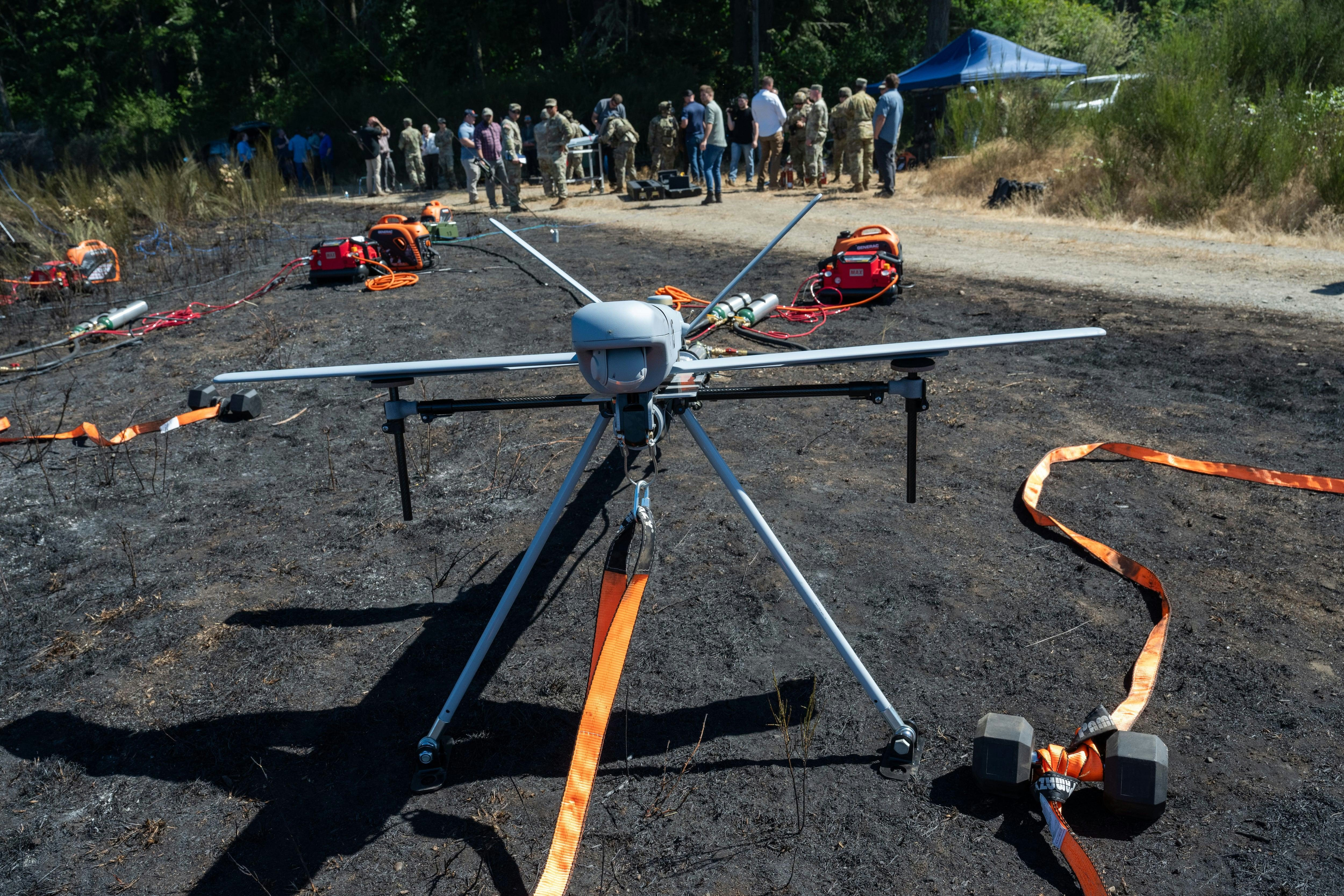
AeroGenie – Ihr intelligenter Copilot.
Trends
Categories
Swiss Airlines Introduces First A350 Aircraft into Service
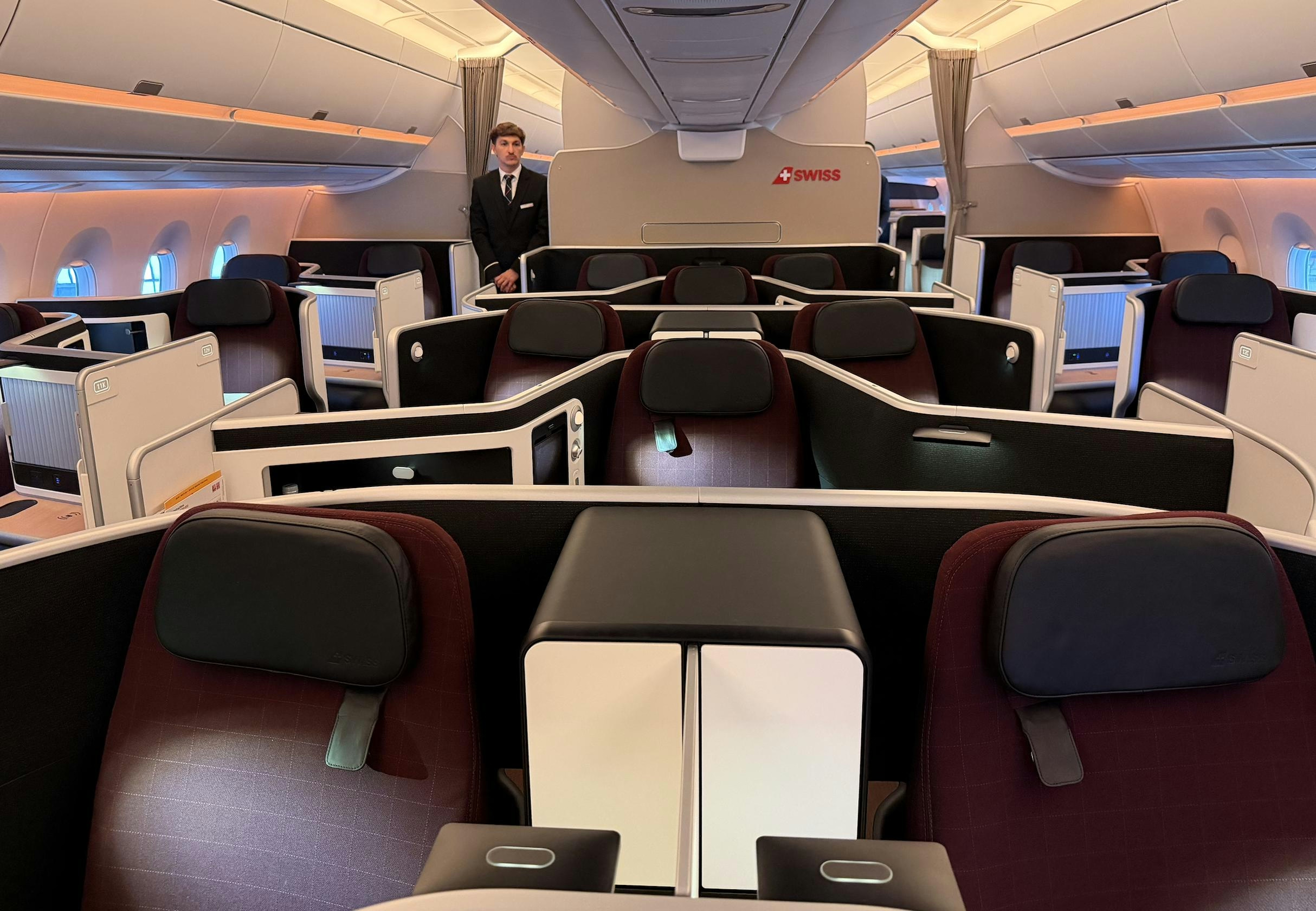
Swiss Airlines Introduces First Airbus A350 into Service Amid Industry Challenges
Swiss International Air Lines (SWISS) has officially launched its first Airbus A350 aircraft into commercial service, marking a pivotal step in the airline’s ongoing long-haul fleet modernization. The aircraft, registered as HB-IFA and named “Lausanne,” completed its inaugural passenger flight from Zurich to Palma de Mallorca, Spain, over the weekend, carrying 233 passengers. Delivered earlier this month, the A350 is adorned with a distinctive livery that highlights iconic Swiss landmarks and cultural motifs, reflecting the airline’s national heritage.
Operational Rollout and Training
SWISS Chief Operating Officer Oliver Buchhofer emphasized the extensive preparations behind the introduction of the new aircraft. He noted that launching a new aircraft type involves complex technical, operational, and commercial challenges, requiring meticulous coordination among ground and flight crews. In the coming weeks, the A350 will be deployed on short-haul European routes including Mallorca, Prague, Düsseldorf, Hanover, and Málaga. This phased approach will enable pilots to complete their conversion training and gain operational familiarity with the aircraft. The airline plans to inaugurate the A350’s first long-haul service on November 20, connecting Zurich with Boston.
Navigating Industry Headwinds
The arrival of the A350 occurs amid significant disruptions in the global aviation supply chain, which have delayed aircraft production and are expected to impose costs exceeding $11 billion on the industry in 2025. Despite these challenges, SWISS is advancing its fleet renewal strategy, having placed an order for ten A350-900 aircraft. Each will feature the airline’s new “SWISS Senses” cabin design, characterized by a dark red-gray-beige color scheme, lighting tailored to support passengers’ circadian rhythms, and enhanced entertainment systems with larger screens. This cabin concept will eventually be extended to SWISS’s existing Airbus A330-300 and Boeing 777-300ER fleets.
Competitive and Operational Context
The broader competitive environment is also evolving. SWISS’s parent company, Lufthansa Group, has announced plans to streamline its long-haul fleet by 2030, reducing the number of aircraft types from fourteen to eight. This consolidation is expected to reshape market dynamics across Europe. Meanwhile, SWISS continues to contend with reliability issues affecting its A220 fleet, stemming from ongoing problems with Pratt & Whitney GTF engines, which may impact operational efficiency.
Other European carriers are similarly preparing for the next generation of long-haul travel. For instance, KLM is intensifying pilot training in anticipation of its own A350 introduction, signaling heightened competition in the transatlantic market.
SWISS’s deployment of the Airbus A350 underscores the airline’s commitment to modernizing its fleet and enhancing the passenger experience, positioning it to navigate a rapidly changing aviation landscape despite prevailing industry challenges.

United Airlines Flight Returns to Dulles After Engine Failure on Takeoff

United Airlines flight makes emergency landing at Dulles after engine failure

The Impact of the New Air Force One’s Delayed 2028 Arrival on Aviation and Travel

United Airlines Restarts Controversial AI Scheduling for Flight Attendants
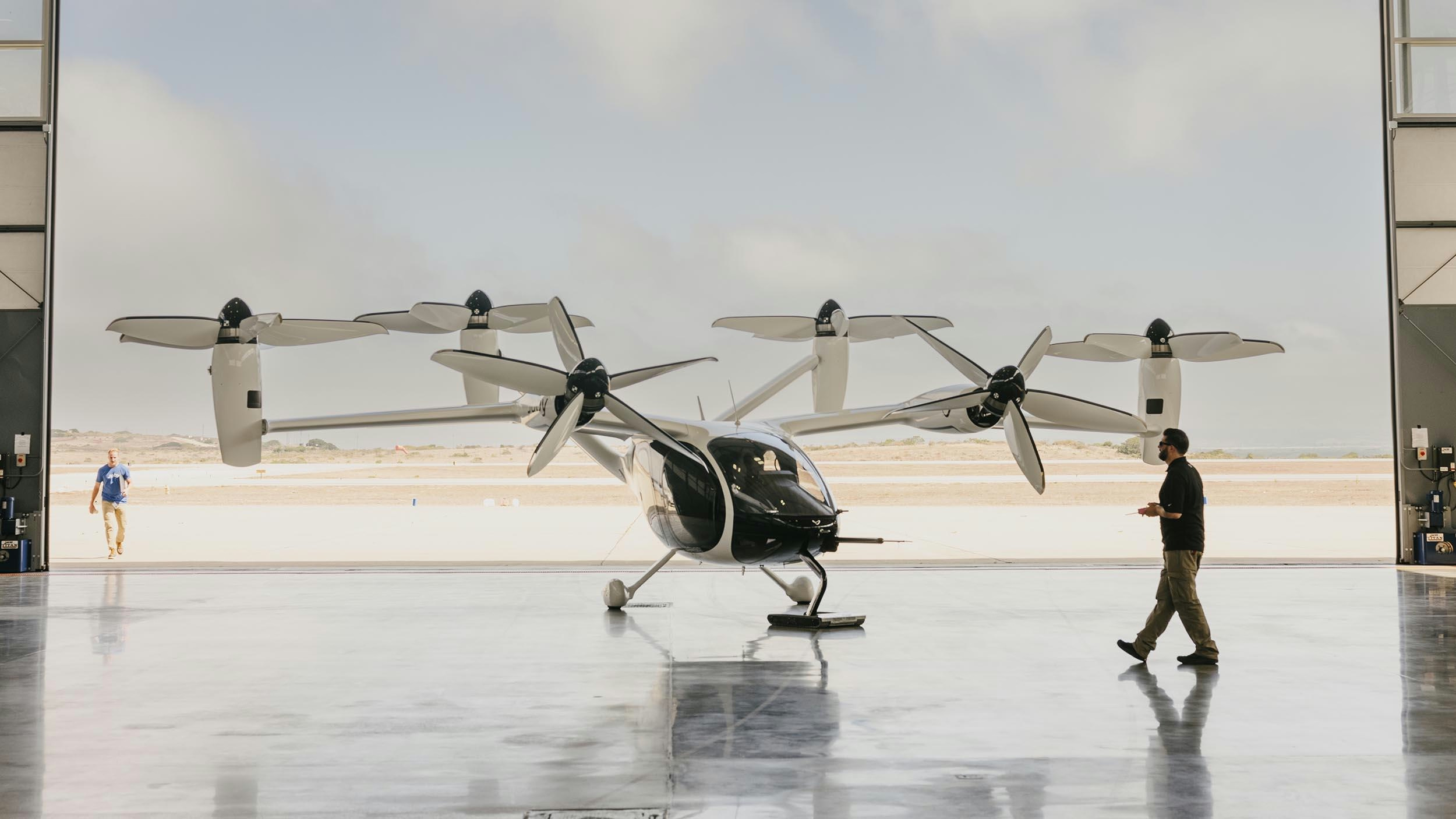
Joby Aviation’s Air Taxis Poised to Change Urban Travel and Tourism
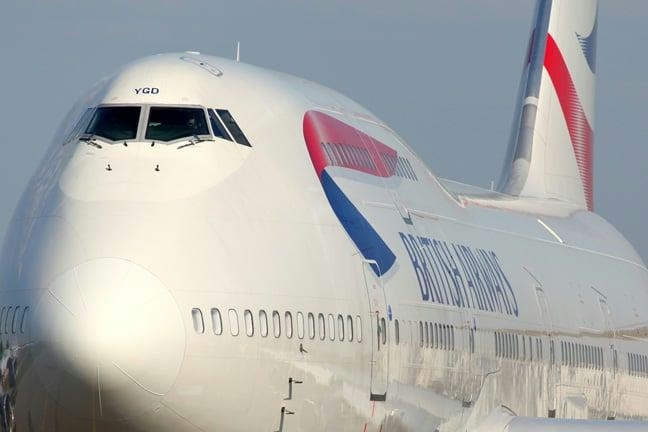
BA Chief Warns AI Agents May Diminish Brand Visibility
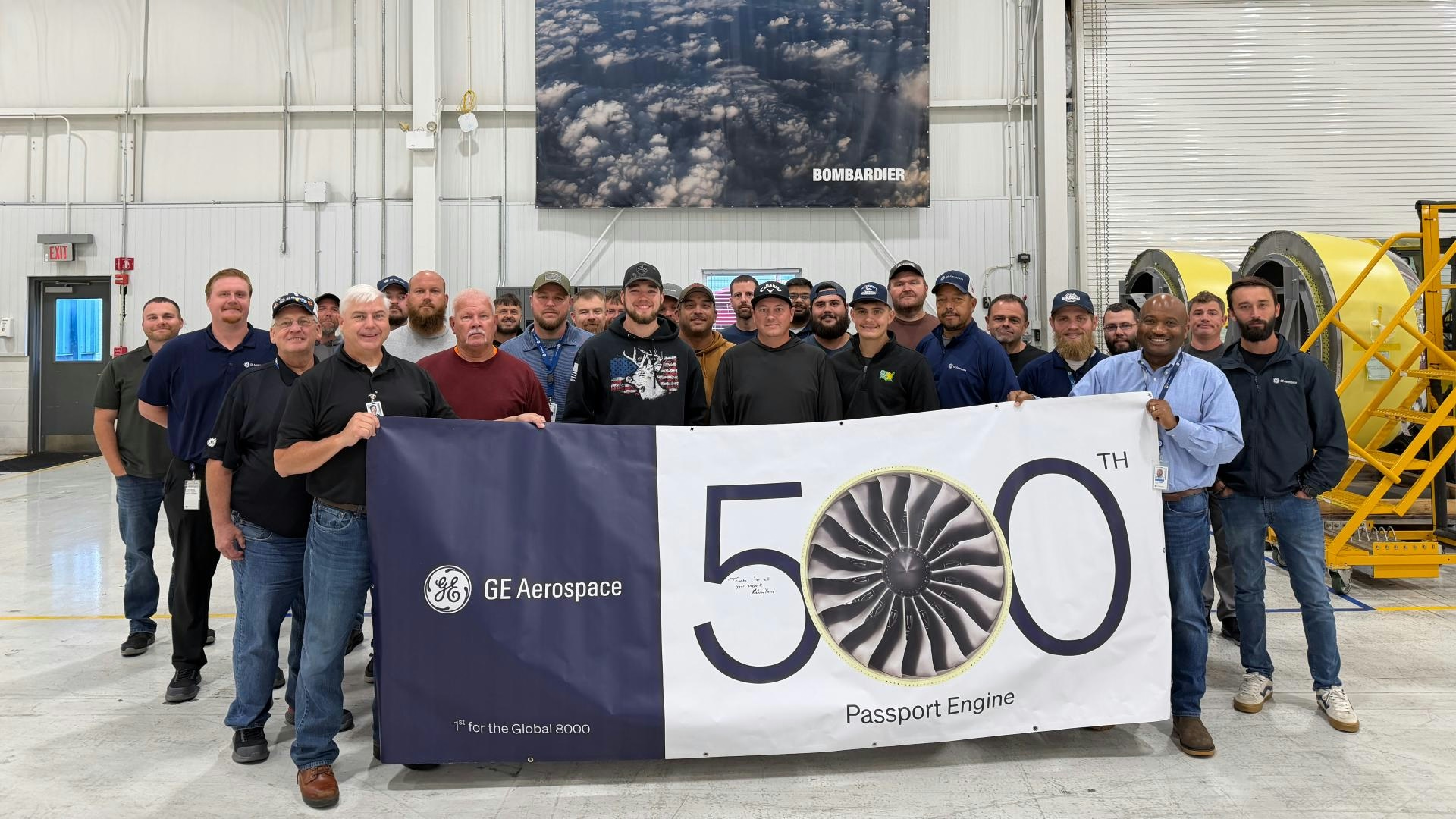
How GE Is Meeting Global Jet Engine Demand
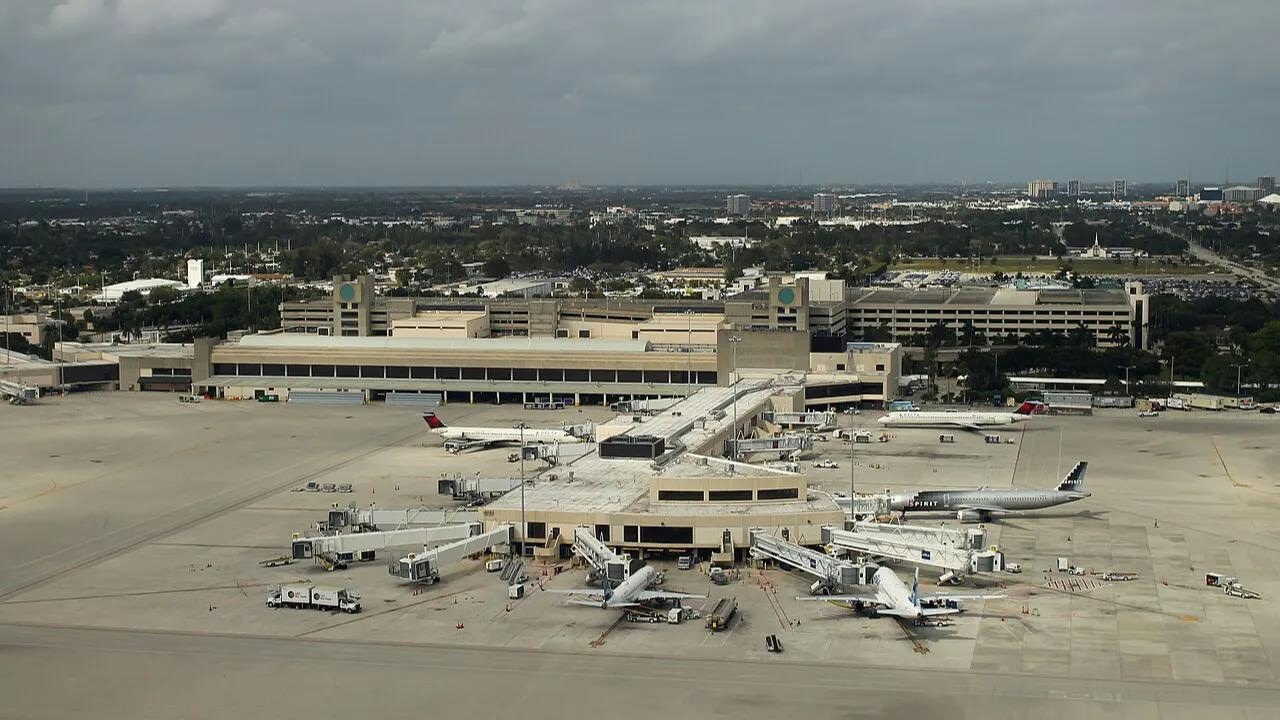
IATA Projects Airline Profits of $41 Billion in 2026
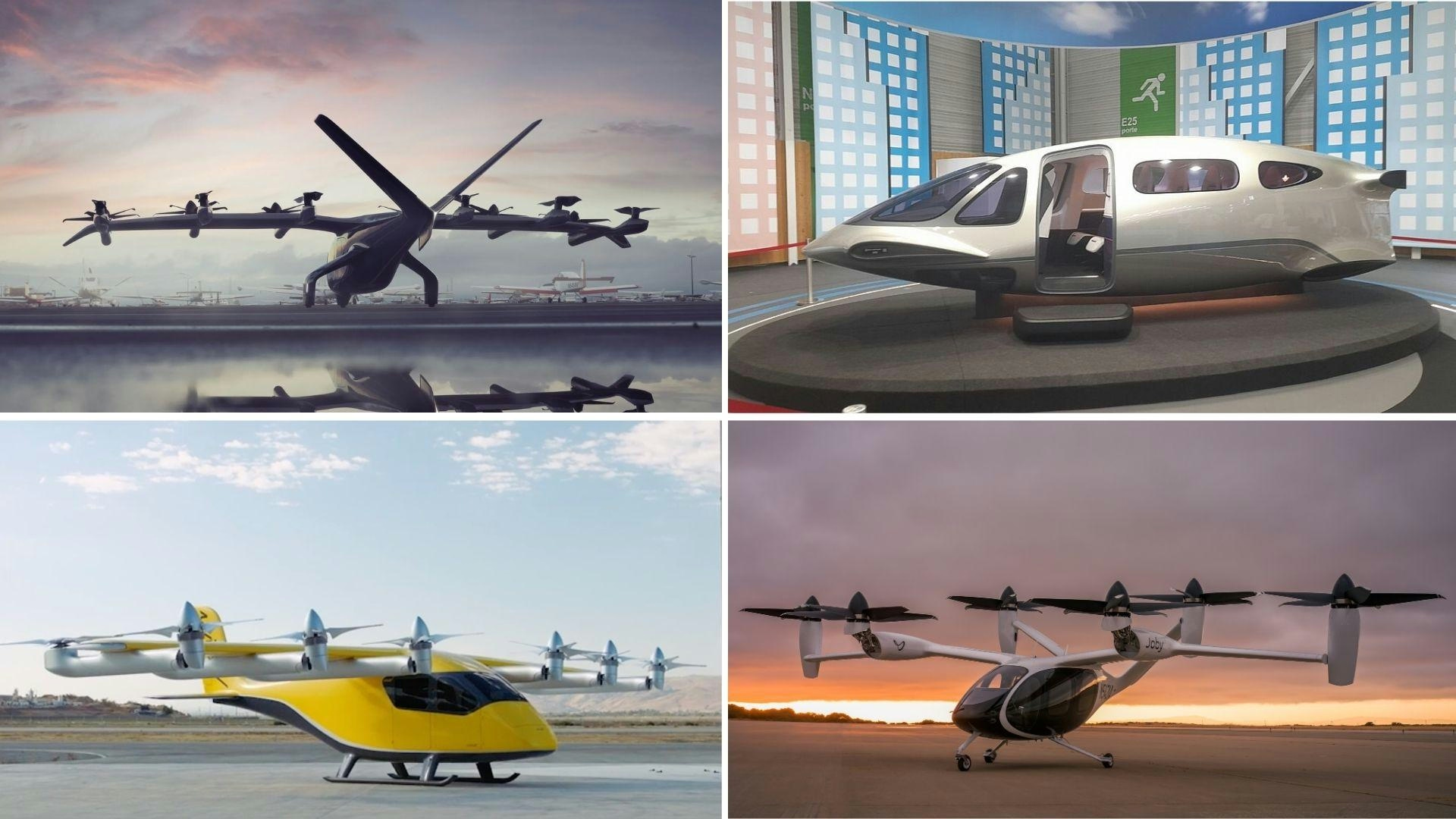
Five Air Taxis Poised to Shape Urban Mobility by 2026
